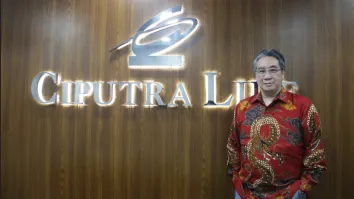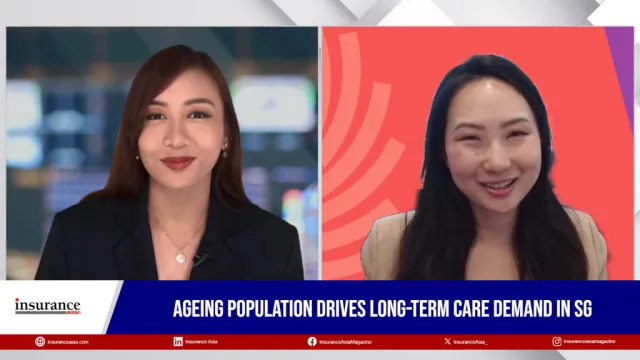
Health insurance payouts rise 30% in India
Rising healthcare costs were driven by chronic conditions.
Health insurance claims in India have seen a 30% increase in payouts over three years, rising from an average of ₹62,014 in FY23 to ₹81,025 in fiscal year 2025 (FY 2025), according to Policybazaar.
The upward trend underscores rising healthcare costs, driven by chronic conditions like heart disease, diabetes, and cancer, alongside seasonal illnesses such as fever and viral infections.
Claims from younger adults aged 18 to 35 account for 38.2% of payouts, a shift linked to increased chronic condition diagnoses at younger ages.
Maharashtra (14.5%) and Delhi (10.2%) lead in claim volumes, with average payouts in these states exceeding ₹85,000 due to higher healthcare costs in urban centres. Claims frequency has grown steadily, from 4.9% in FY23 to 6.39% in FY25, indicating greater utilisation of insurance coverage.
Accidents, thefts, and natural events remain the primary causes for motor insurance claims. Monsoon seasons have driven a 40% surge in claims due to flooding and slippery road conditions.
Hatchbacks constitute 54% of claims, with payouts averaging ₹20,000–₹25,000. SUVs, though fewer in claim volume, see higher payouts of ₹30,000–₹35,000, reflecting their higher repair costs.
Regions such as Tamil Nadu and Andhra Pradesh report significant claims during cyclones, whilst Delhi NCR sees more accident-related claims.
Add-ons like zero depreciation and engine protectors are increasingly popular, suggesting a shift towards comprehensive motor insurance coverage.
Heart disease and natural deaths drive 55% to 65% of term insurance claims, emphasising health risks and an ageing population.
Men account for 90% to 92% of claims, reflecting higher insurance penetration and mortality rates amongst male policyholders. Urban states, including Maharashtra and Delhi, lead in claim volumes due to better access to insurance services.
Critical illness and accidental death riders are chosen by 35% to 40% of policyholders, pointing to a growing preference for enhanced protection.



















 Advertise
Advertise








